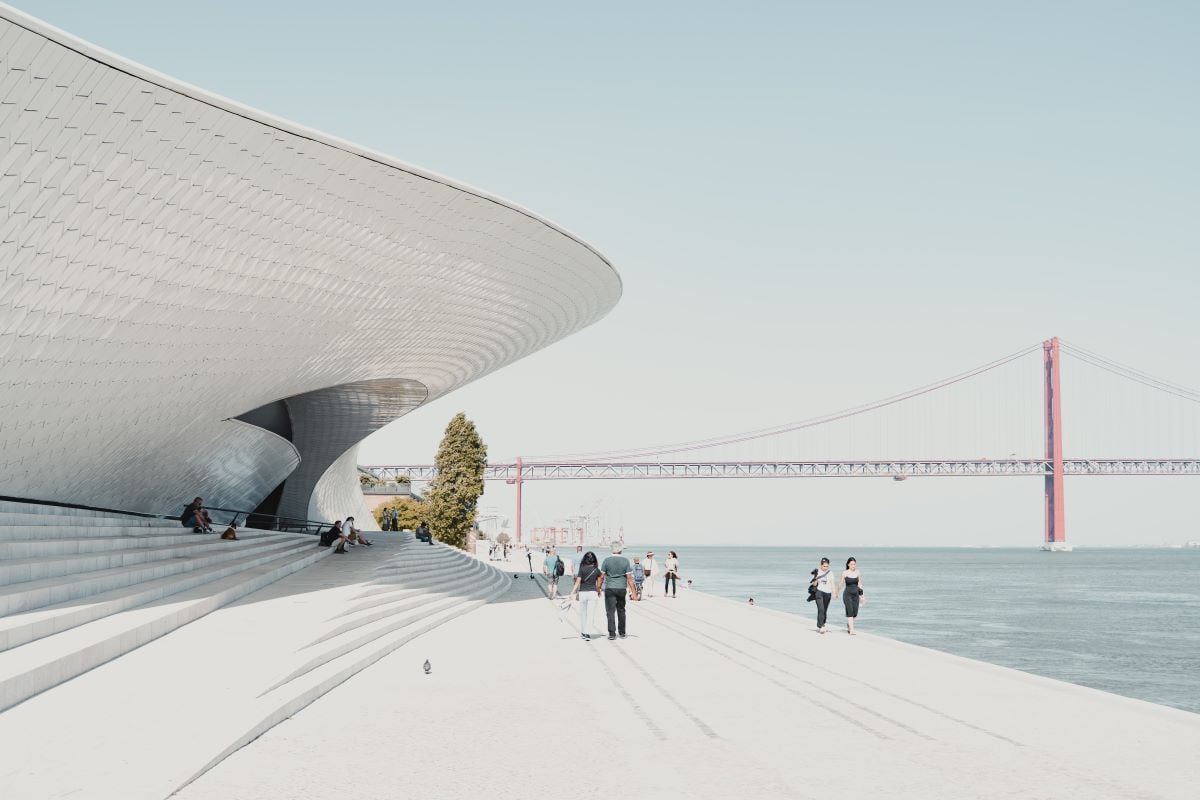
MAAT - Museum of Art, Architecture and Technology in Lisbon
Photo: Michiel Annaert
New approach to city metrics
A new index offers expert insights into the cultural resources of more than 500 cities worldwide, making it the only creative city index with global reach, writes David Adam.
For many in the arts and culture sector, the power of culture to improve life in our cities is self-evident. But cultural professionals also know that in times of tight budgets and competing priorities, we must continue to make the case for culture. For over two decades, BOP has been working with organisations to help them evaluate the impact of their work and shape effective delivery in cities all over the UK, Europe, Asia and the Gulf region.
Through this work we have come to understand that cities have a core cultural capability, which we define as the assets, participants and resources that make up the unique cultural character of a city. This is a key component of a city’s vitality and liveability – and yet incredibly difficult to map and define.
Most measurements of city success take the form of indexes that measure quality of life, wellbeing and maybe a few aspects of culture. But culture is not a peripheral consideration, it is a prerequisite for successful placemaking.
Our team of data analysts and policy specialists have been addressing this gap, gathering evidence from city governments, cultural and arts organisations, and scraping data from across the web to create a truly comprehensive picture of the state of culture in cities. The outcome has been a new service which will tell this story of culture and creative economy in hundreds of major global cities.
The resulting Global Cities Culture Index will help cultural professionals, investors and city leaders understand and measure the vitality of culture in cities all over the world. This index covers the greatest number of cities to date and serves as a starting place for a standardised global benchmark for culture in cities.
Enablers of cultural transformation
One of our key conclusions is that the 21st century differs from the 20th. There is a changing cultural geography and the dynamic cultural diversity found in cities worldwide needs to be captured. Currently our index includes more than 20,000 data points, mapping the cultural assets of 250 cities and their accessibility, affordability and spread, but it will develop as we develop.
Measuring this built cultural infrastructure, its access and affordability (museums, libraries, concert halls and cinemas), we have revealed compelling stories around the rapid rise of cultural assets in Asia and Latin America; how cultural access differs in small European cities from mega cities new and old; and the role of policy intervention in the affordability of going to the cinema in places like Tehran.
But assets like museums and concert halls are not the whole story. We know the people and resources of a city are just as important. We think the following pillars are the key enablers of cultural transformation, and our aim is to measure them across 500 global cities as we publish further editions of the index.
Pillar 1: Assets
Physical and spatial: The design and layout of public spaces, buildings and infrastructure can either promote or hinder cultural activities and interactions. By creating well-planned and accessible spaces for cultural expression – such as museums, galleries, theatres and community centres – cities can foster creativity and cohesion.
Institutional: Enabling cultural activities – such as appropriate regulation – providing funding and grants, offering support for cultural organisations and initiatives, and empowering cultural actors to stimulate cultural production.
Pillar 2: Attractiveness
Support structures – human and financial: Investment in human resources to attract and retain creative talent, cultural professionals and cultural practitioners, complemented by financial support mechanisms, and building capacity in public and private funding, such as through sponsorship and philanthropy.
Pillar 3: Innovation
Digital environment: Digital platforms, social media and online communities provide new avenues for cultural expression, participation and engagement. By leveraging digital technologies, cities can expand access to cultural resources, facilitate virtual collaborations and foster innovation.
Skills and Innovation: Investment in education and training programmes that develop artistic, technical, entrepreneurial and management skills to empower individuals and organisations in the cultural sector. Fostering innovation through research and development initiatives, incubators and collaboration between cultural and technology sectors.
Unlocking cultural capability
To fully unlock cultural capability, we must dig deeper and look past built assets, addressing aspects such as attractiveness and innovation. Over the next three years, we will add a layer of cultural tourism and attractiveness and, later, cultural engagement and innovation.
As the index grows, we’ll be able to share a unique set of insights on the changing map of culture, helping policy makers, developers, investors and arts practitioners to understand and quantify the transformative power of culture and creativity in their cities.
In the meantime, we’re releasing our first edition of the index, building a community of practice, encouraging people to sign-up to our platform, gain insights and learn more about the shape of the cultural landscape in their city, offering an opportunity to join us in making the case for culture in cities across the world.
David Adam is Senior Associate at BOP Consulting.
![]() bop.co.uk/bop500
bop.co.uk/bop500
![]() @BOP_Consulting
@BOP_Consulting
Join the Discussion
You must be logged in to post a comment.